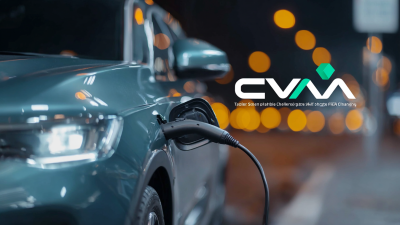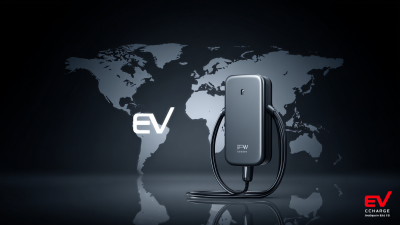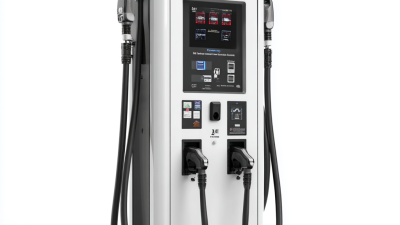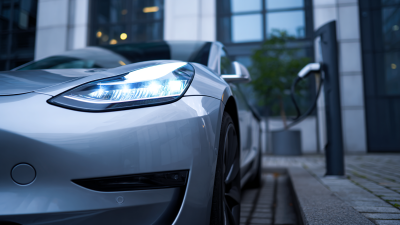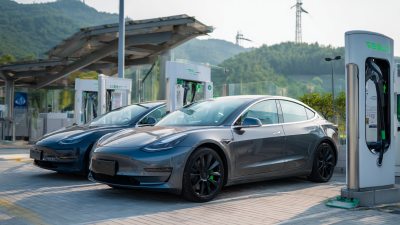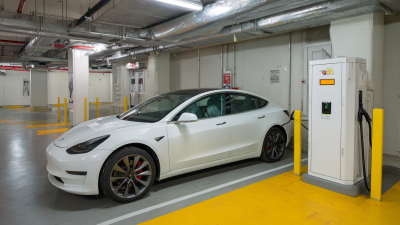As the electric vehicle (EV) market continues to expand rapidly, the demand for efficient charging solutions has never been higher. According to a report by the International Energy Agency (IEA), the global stock of electric cars surpassed 10 million units in 2020, necessitating advancements in charging technologies.
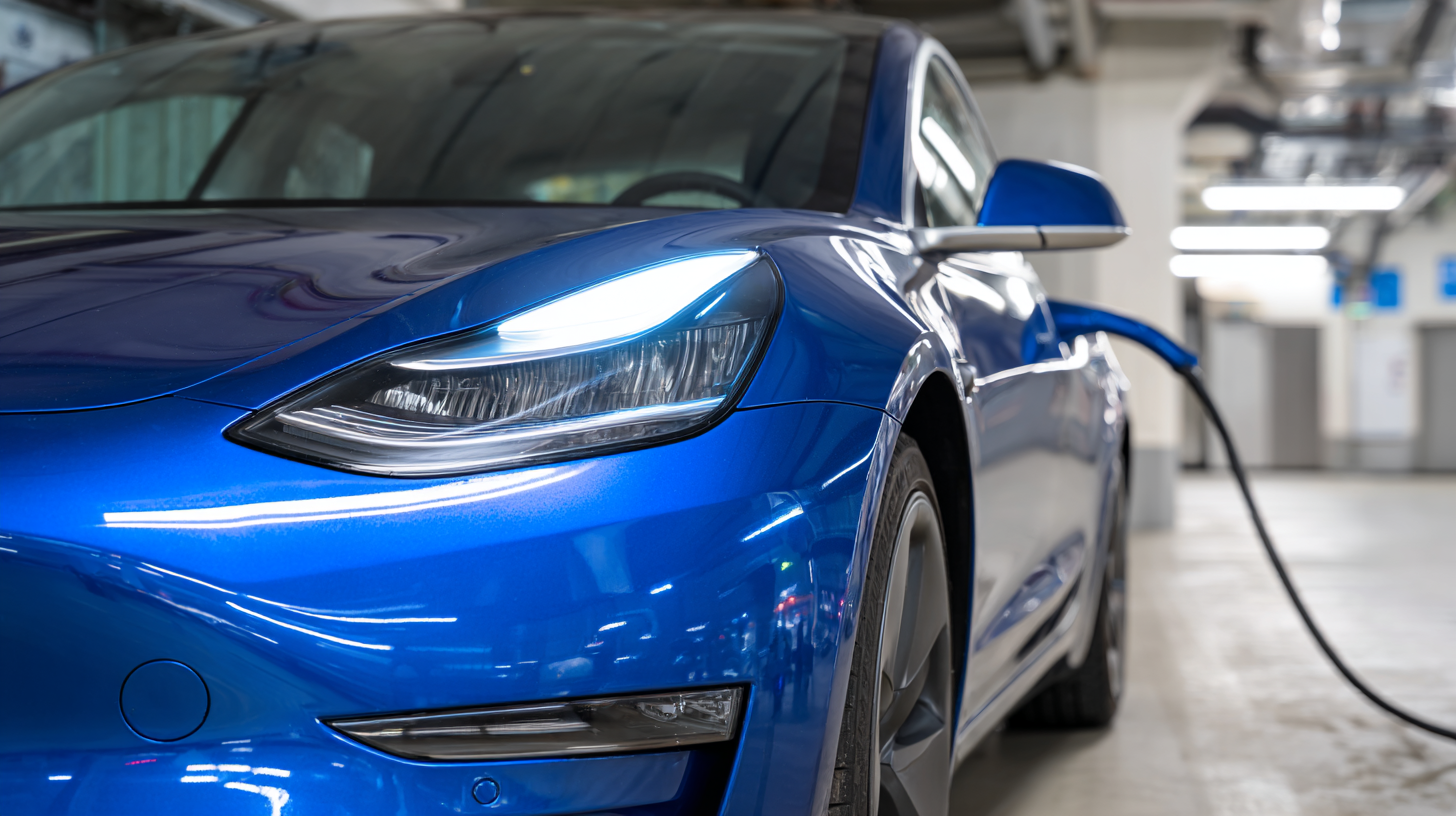 DC Fast Chargers have emerged as a pivotal solution, enabling users to reduce charging time significantly—often providing an 80% charge in just 30 minutes. However, to fully harness the benefits of these powerful systems, optimizing their efficiency is crucial.
Industry studies suggest that improper usage of DC Fast Chargers can lead to energy losses of up to 20%, undermining their potential. Therefore, understanding and implementing effective strategies to maximize DC Fast Charger efficiency is essential for EV owners looking to minimize downtime and enhance their overall driving experience.
DC Fast Chargers have emerged as a pivotal solution, enabling users to reduce charging time significantly—often providing an 80% charge in just 30 minutes. However, to fully harness the benefits of these powerful systems, optimizing their efficiency is crucial.
Industry studies suggest that improper usage of DC Fast Chargers can lead to energy losses of up to 20%, undermining their potential. Therefore, understanding and implementing effective strategies to maximize DC Fast Charger efficiency is essential for EV owners looking to minimize downtime and enhance their overall driving experience.
DC fast charging is revolutionizing the way electric vehicles (EVs) are powered, drastically reducing charging time compared to traditional methods. Unlike AC chargers, which can take several hours to fully charge an EV, DC fast chargers deliver power directly to the vehicle's battery, enabling a charge from 20% to 80% in approximately 30 minutes. According to the U.S. Department of Energy, DC fast chargers can operate at power levels of 50 kW to 350 kW, making them a critical part of the infrastructure for long-distance travel and urban charging solutions.
Understanding how DC fast charging works can significantly impact charging efficiency. The charging process involves managing the flow of energy based on the battery's state of charge and temperature. A key factor in optimizing charging time is the vehicle's battery management system, which dictates how quickly the battery can absorb power. Data from the International Energy Agency (IEA) indicates that as the EV market grows, with an anticipated surge to 145 million EVs on the road by 2030, advancements in DC fast charging technology, including ultra-fast chargers, are essential in reducing congestion at charging stations and enhancing overall user experience.
When utilizing a DC fast charger, the efficiency of the charging process can greatly depend on the environmental conditions, particularly temperature and battery levels. Optimal charging conditions play a crucial role in ensuring that the battery receives power effectively. Ideally, charging a battery within a temperature range of 20°C to 25°C (68°F to 77°F) can maximize performance. Extreme temperatures, whether hot or cold, can hinder the charger’s ability to transfer energy rapidly, leading to longer charging times.
Additionally, the state of the battery prior to charging is equally important. Maintaining the battery’s charge level between 20% and 80% is recommended for the fastest and most efficient DC fast charging experience. Charging from a very low or very high level can slow down the process significantly due to the battery management systems that govern charge flow under these conditions. By being mindful of these factors and ensuring that both temperature and battery levels are optimized, users can enhance their charging efficiency, reducing waiting times and improving overall performance.
When it comes to optimizing the efficiency of DC fast chargers, selecting the appropriate brand and understanding their charge rates is crucial. Different manufacturers offer varying levels of performance, influenced by factors such as output power, compatibility with various vehicle models, and charging technology.
For example, brands like Tesla and Electrify America provide rapid charging solutions that can significantly reduce charging time, while others may lag in speed and efficiency. By comparing these brands, users can identify which charger best meets their needs based on location, frequency of use, and the type of electric vehicle they own.
Equally important is the assessment of charge rates, which can vary greatly even within the same brand. Some chargers provide higher kilowatt outputs, enabling them to deliver a full charge in a matter of minutes rather than hours. Additionally, understanding the charging infrastructure available in your area can enhance the overall charging experience.
Consider factors such as peak usage times, possible downtime for maintenance, and the availability of high-output chargers that align with your vehicle's charging capabilities. By making informed choices on charger brands and their specifications, drivers can maximize charging efficiency and minimize downtime on the road.
Monitoring the charging speed of your DC fast charger is essential for optimizing performance and reducing time spent charging. To achieve real-time data analysis, employing specialized tools can provide valuable insights into charging metrics. Consider using software that not only tracks the speed of charging but also assesses factors such as power output and temperature. These metrics can empower you to make informed decisions about your charging habits and equipment setup.
In addition to software solutions, integrating hardware tools like smart meters can enhance your ability to monitor charging performance. These devices can give you instantaneous feedback, alerting you to any anomalies that may slow down charging. By regularly analyzing this data, you can identify trends and fine-tune your charging strategy, ultimately leading to enhanced efficiency. Whether you’re a frequent user or managing a fleet of electric vehicles, real-time data analysis and monitoring tools are pivotal in maximizing your charging efficiency.
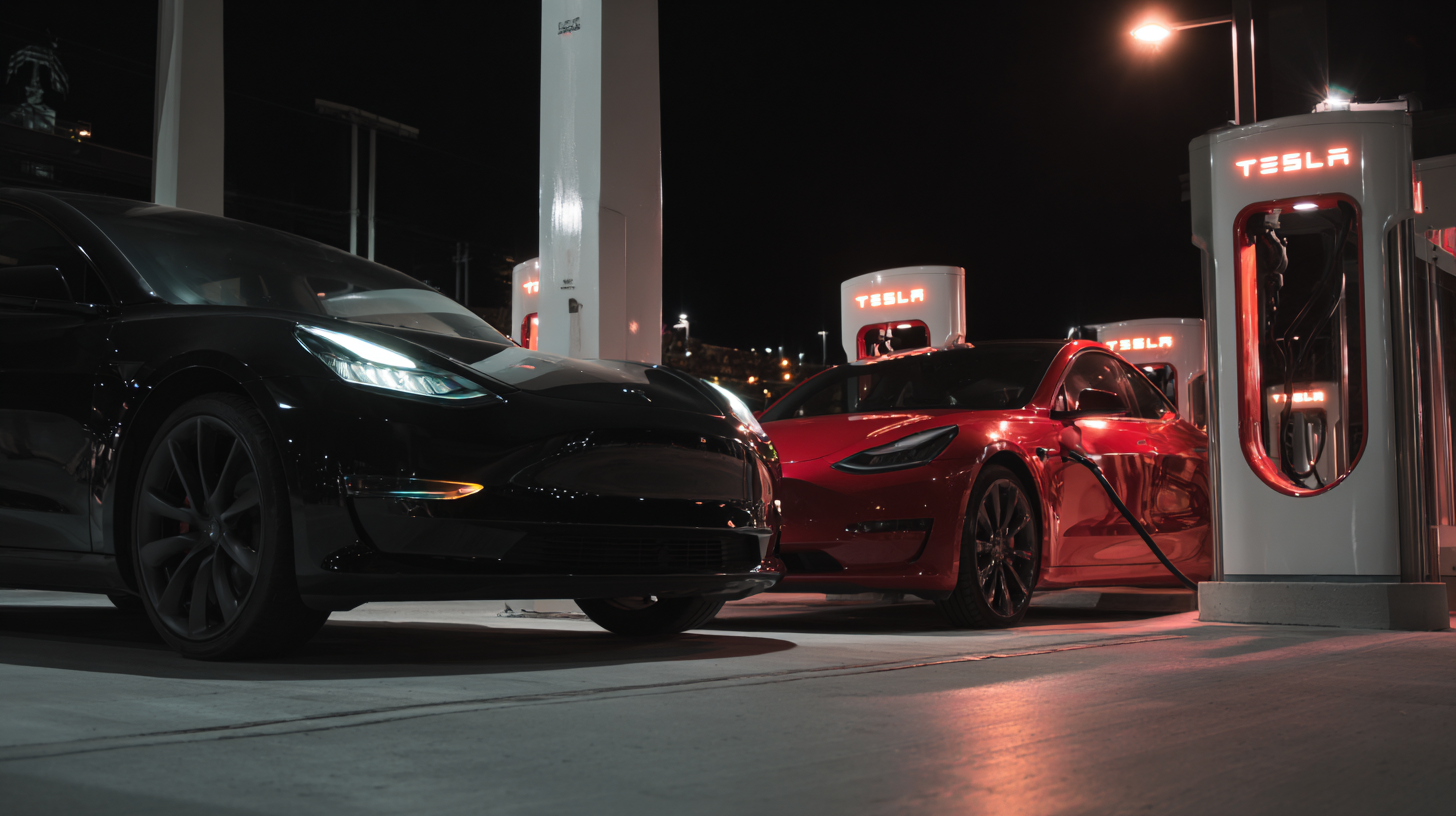
Scheduled charging is a fundamental strategy for maximizing the efficiency of your DC fast charger while taking advantage of time-of-use rates. By strategically planning your charging times based on electricity tariffs, you can significantly reduce your energy costs. Many utility companies offer lower rates during off-peak hours, typically late at night or early in the morning. By setting your vehicle to charge during these times, you not only save money but also help balance demand on the electrical grid.
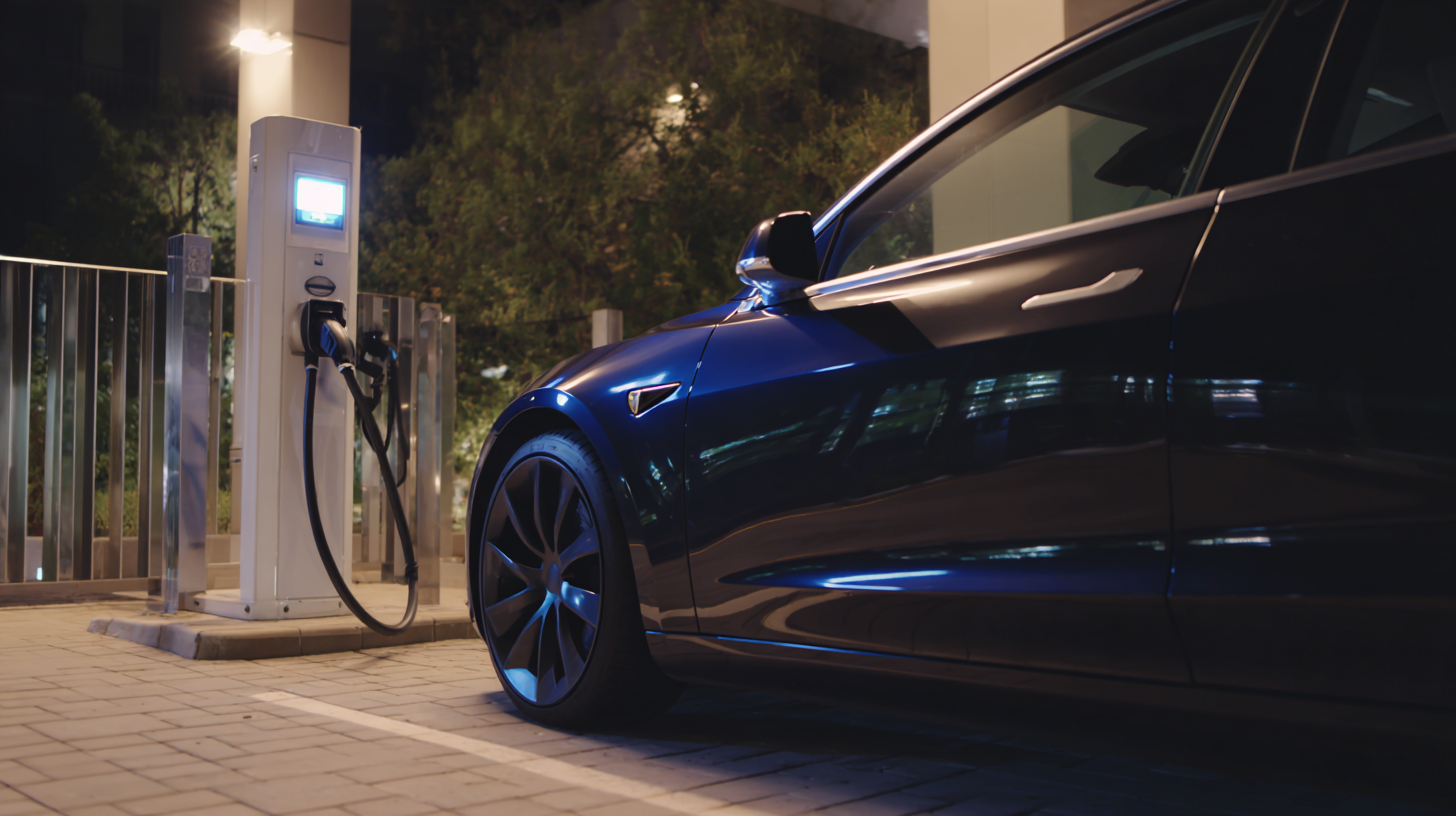
Additionally, utilizing scheduled charging allows for optimal energy management, ensuring that your vehicle is ready when you need it without incurring unnecessary expenses. Most modern EVs come equipped with smart charging features, enabling users to set charging schedules easily. Incorporating this approach helps to minimize the environmental impact by reducing the load on the grid during peak hours, thereby promoting a more sustainable energy future. Ultimately, understanding and utilizing time-of-use rates can lead to a more efficient charging experience, enhancing the overall economic and environmental benefits of owning an electric vehicle.
